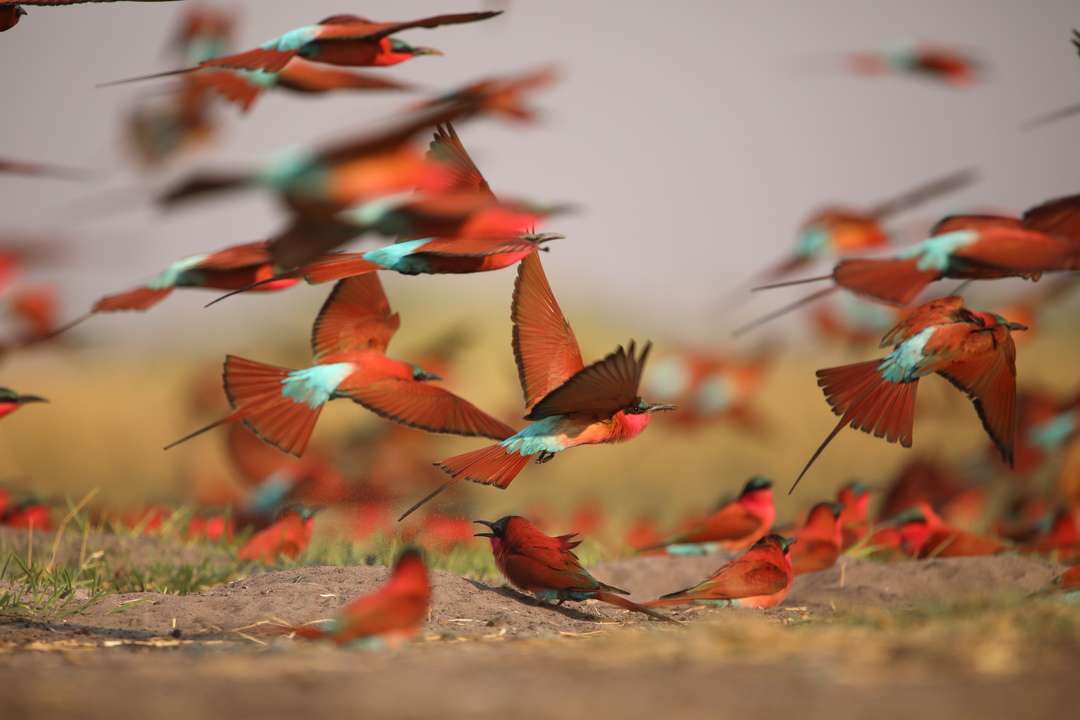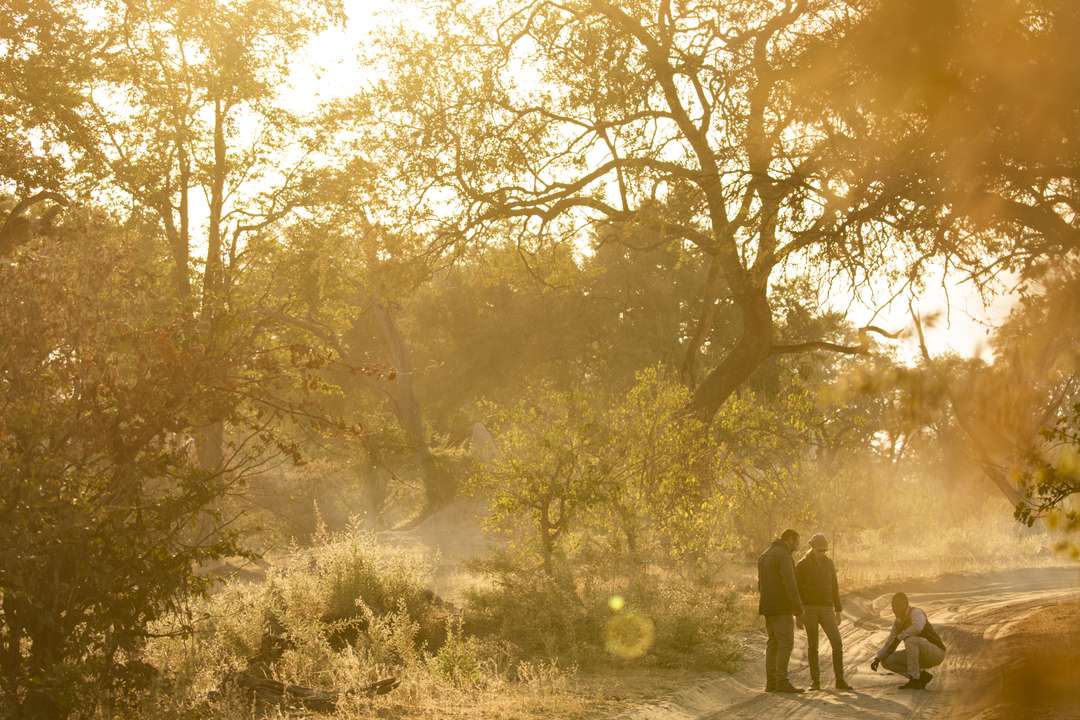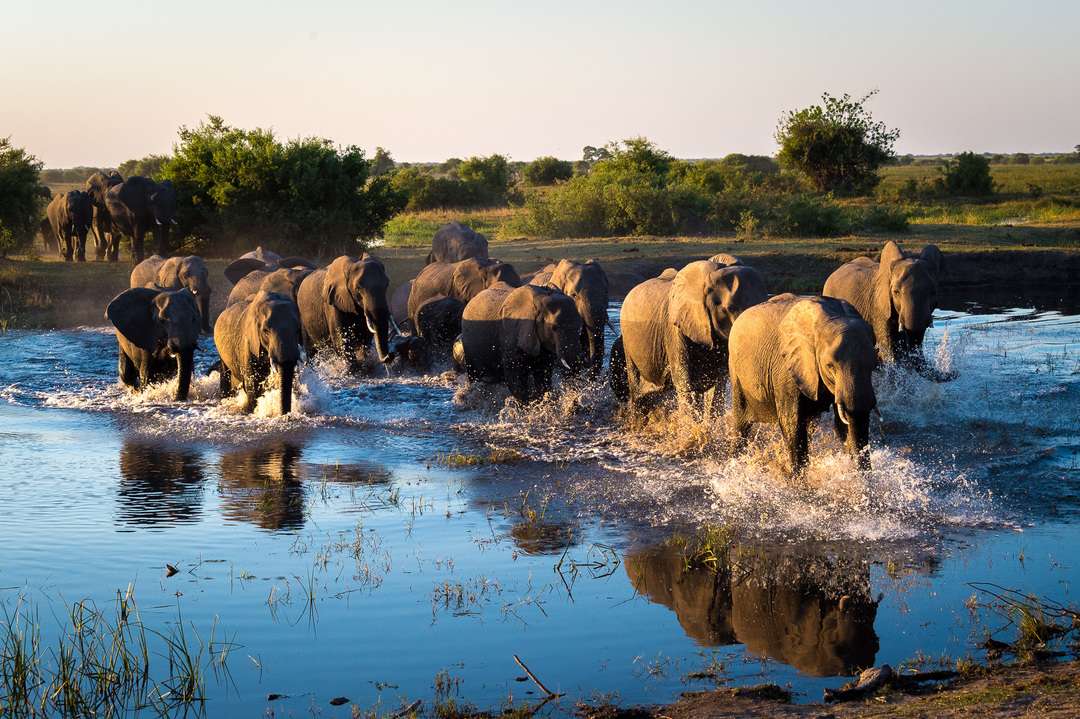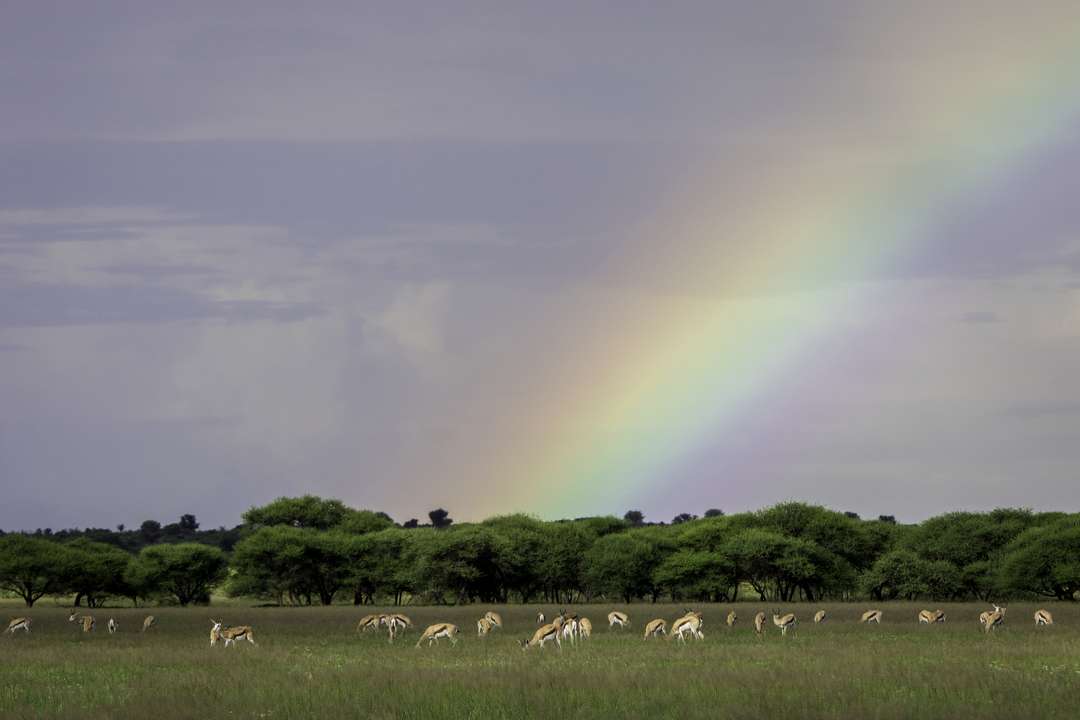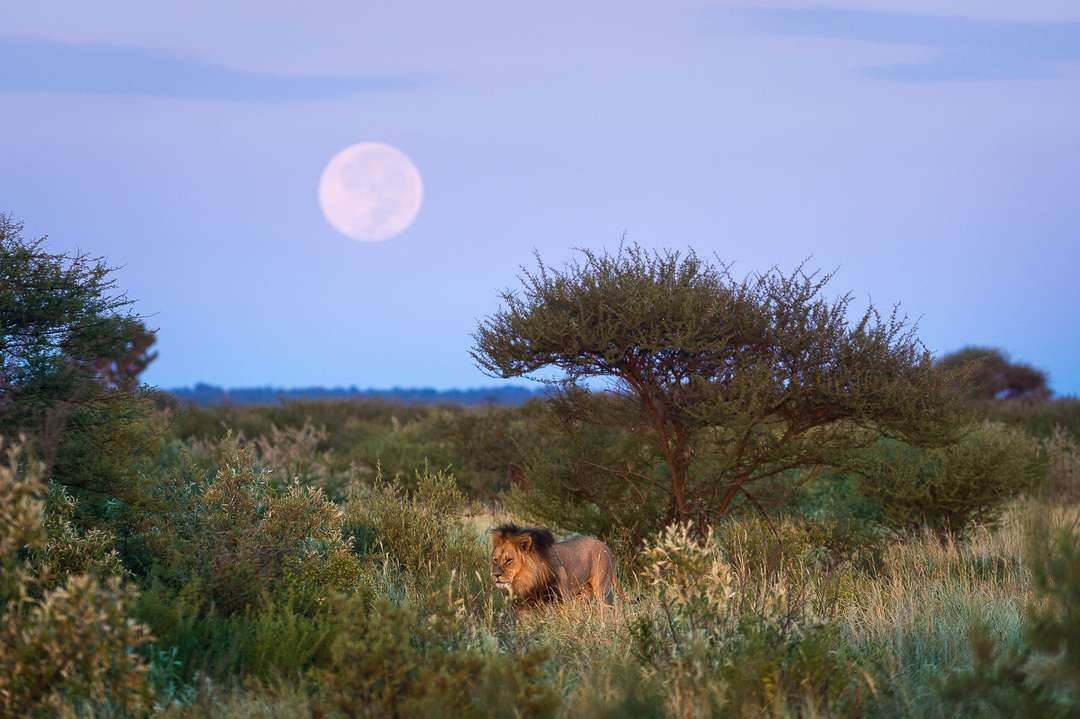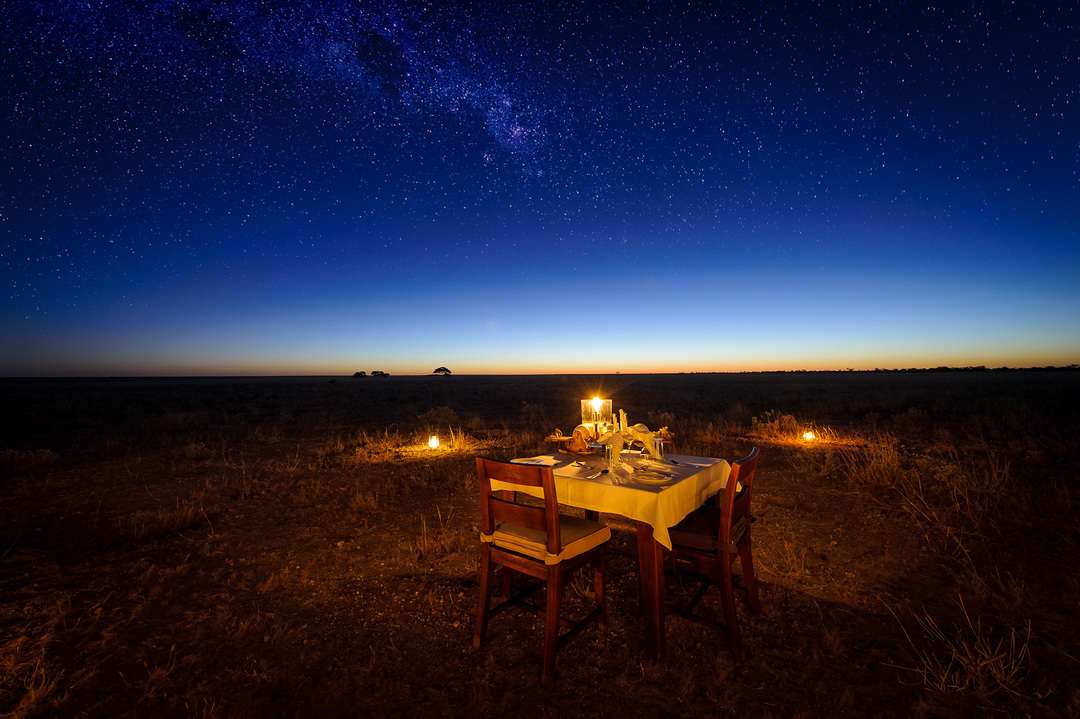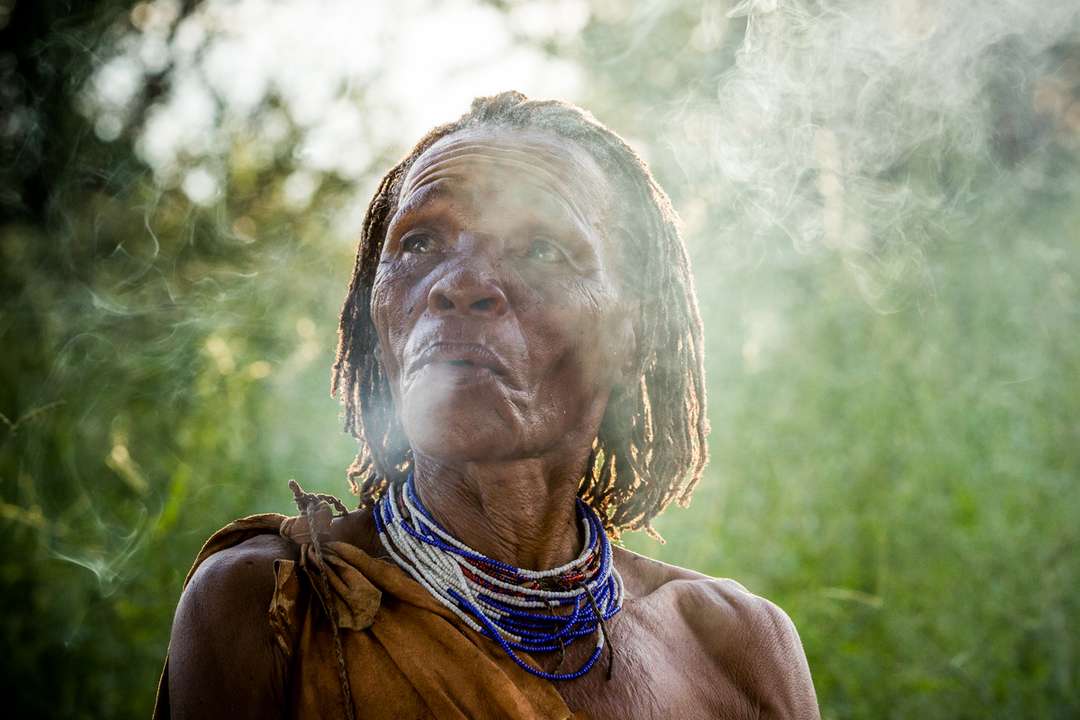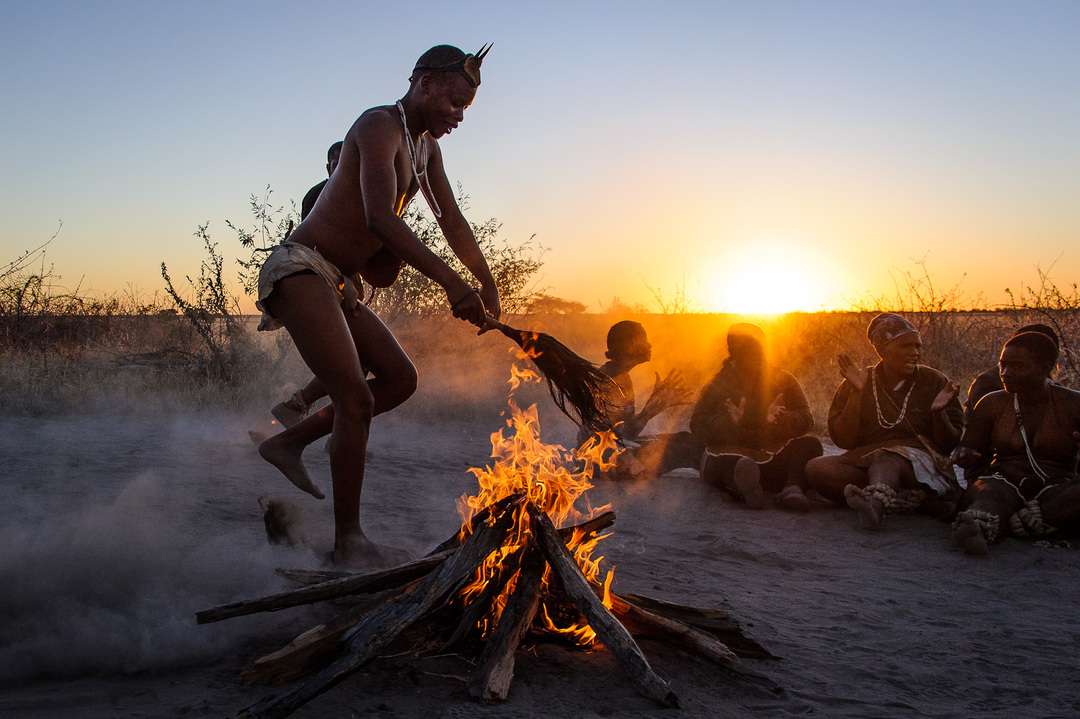Take a journey of extremes. From the fluid waterways and lush woodlands of the Linyanti to the harsh semi-desert of the Central Kalahari Game Reserve (CKGR). Along with the Okavango Delta, these areas are testament to Botswana’s spectacular pairing of water-based and land-based game viewing. Less travelled than the Okavango, the Linyanti and the Central Kalahari offer distinct but equally magical experiences in the wild.
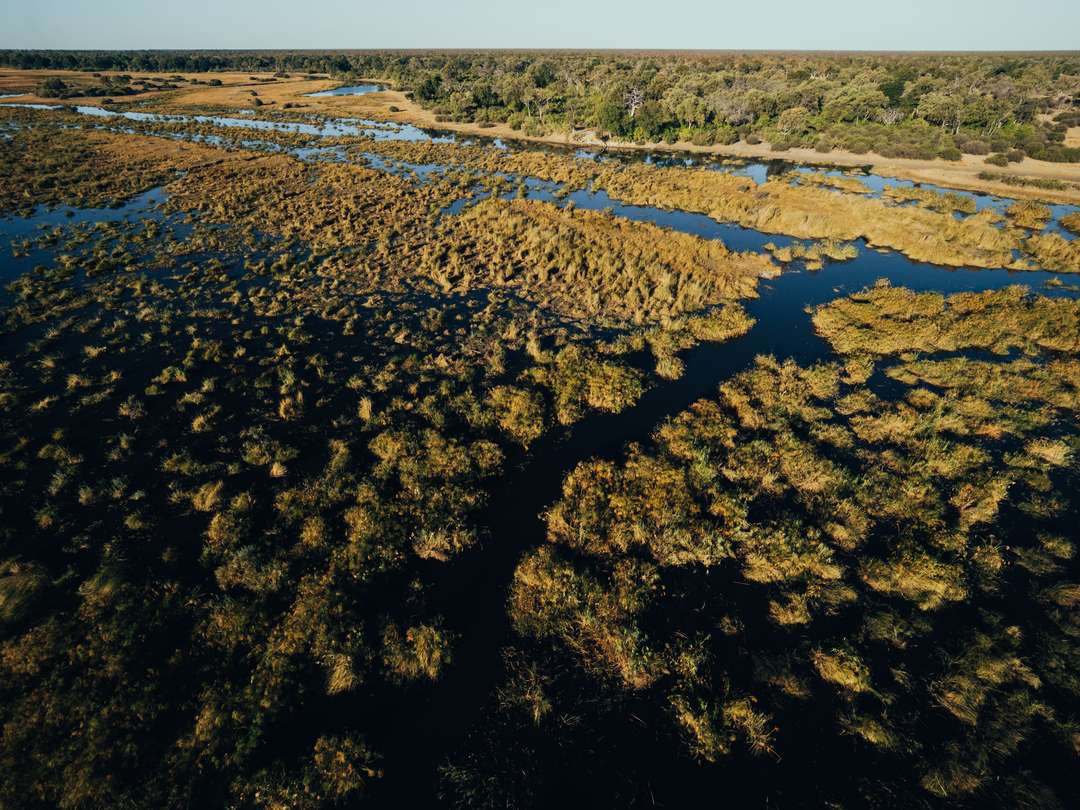
In the Linyanti Wildlife Reserve – a 1 250 square kilometre private concession north-east of the Central Kalahari and one of the world’s most remote, pristine game-viewing areas – water is everywhere, and sometimes, in some places, nowhere. The reserve lies along a river descending from the Angolan highlands, first as the Kwando, then the Linyanti, then the Chobe; it’s also watered by the mysterious Savute Channel, dry for 75 years prior to 1958, and then again from 1982-2010, taking a huge toll on the wildlife dependent on it. A disappearing act largely attributed to tectonic shifts, which periodically drain the channel westward.

Take a helicopter flight over the Linyanti and its diversity impresses: as the south-western tip of the Great Rift Valley, it comprises mopane woodlands, riverine forests, grasslands, marshes, floodplains, and lagoons, habitats home to a multitude of game, shifting through the seasons: large concentrations of elephant – migrating between Botswana and Namibia – lion, wild dog, zebra, buffalo, rare antelope such as sable and roan, hippo, and many others. Classified as an Important Birding Area (the Savute Channel), it also hosts a year-round proliferation of birds, with different migratory patterns– the rare African skimmer, southern carmine bee-eater, southern ground hornbill, wattled crane, and innumerable raptors, among 450 other species.
